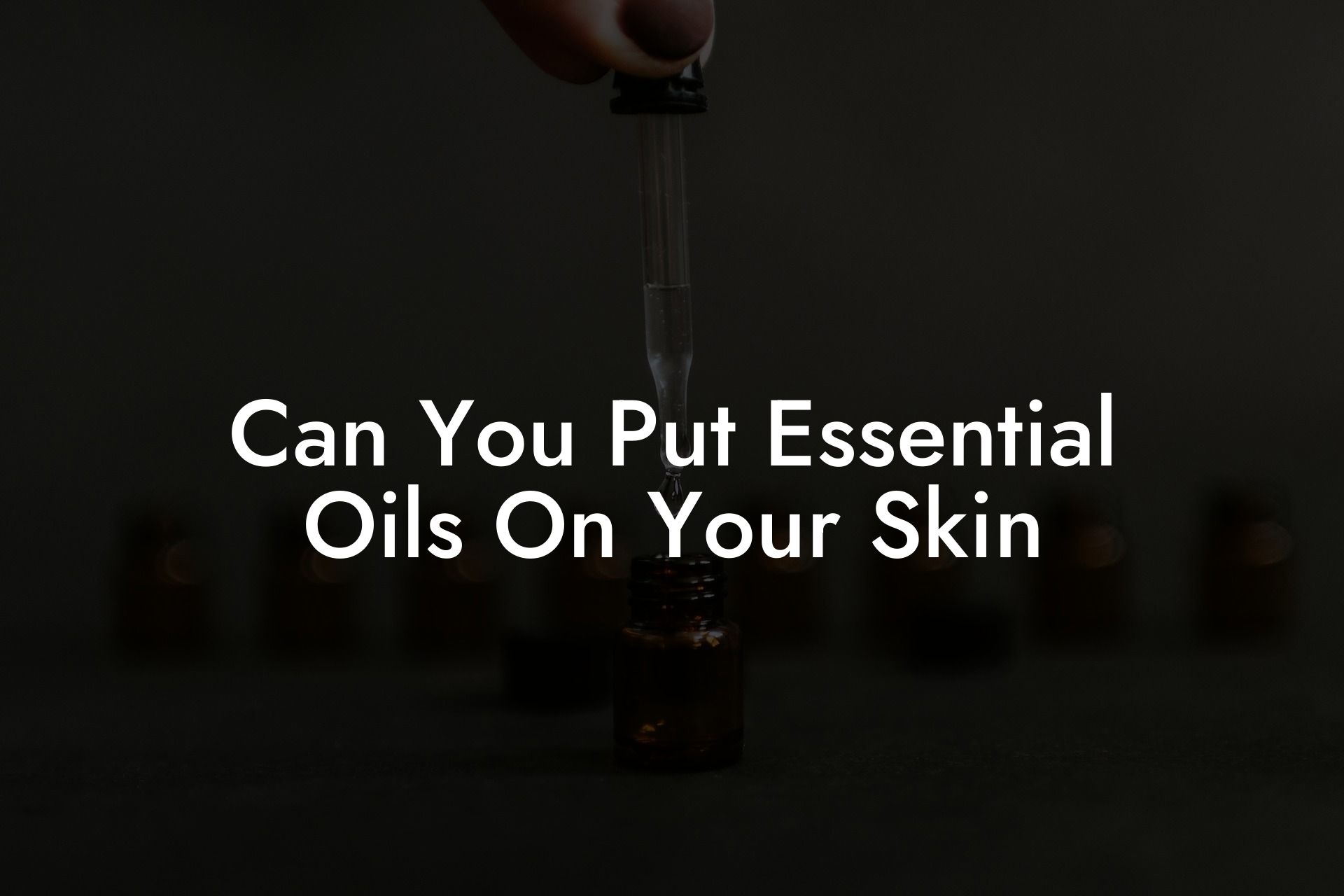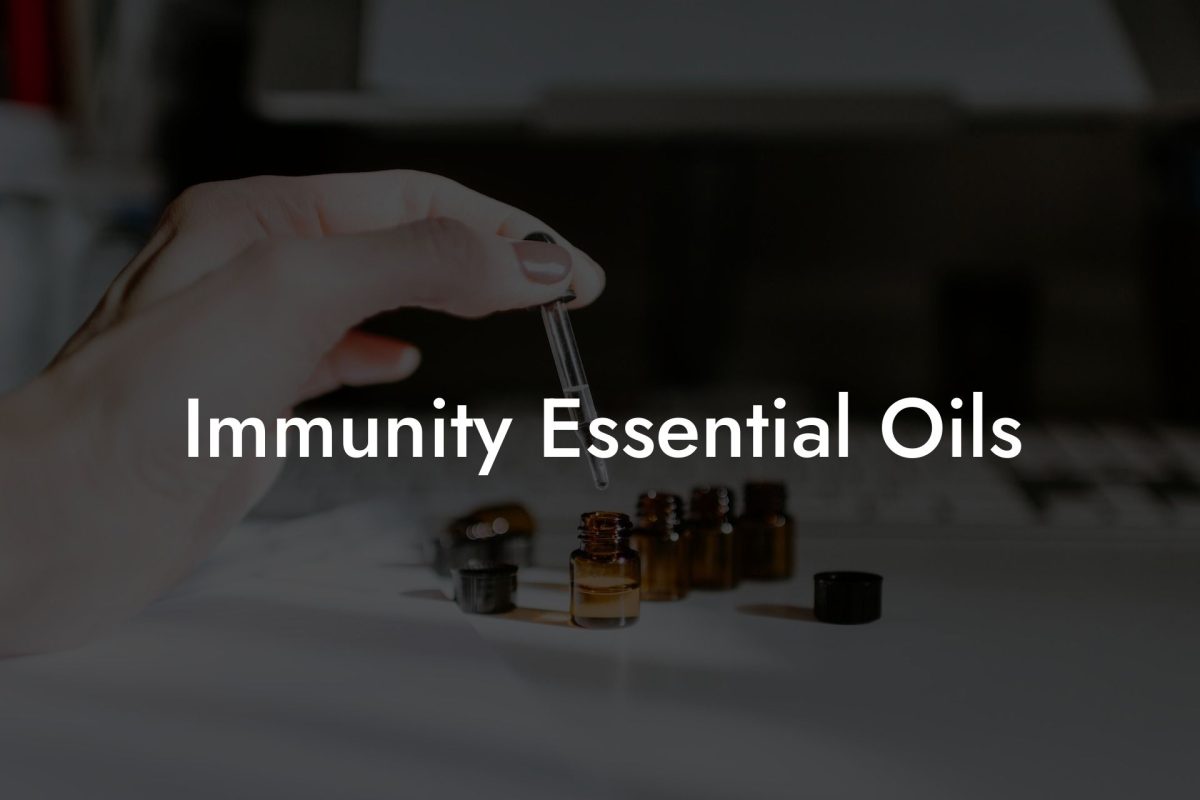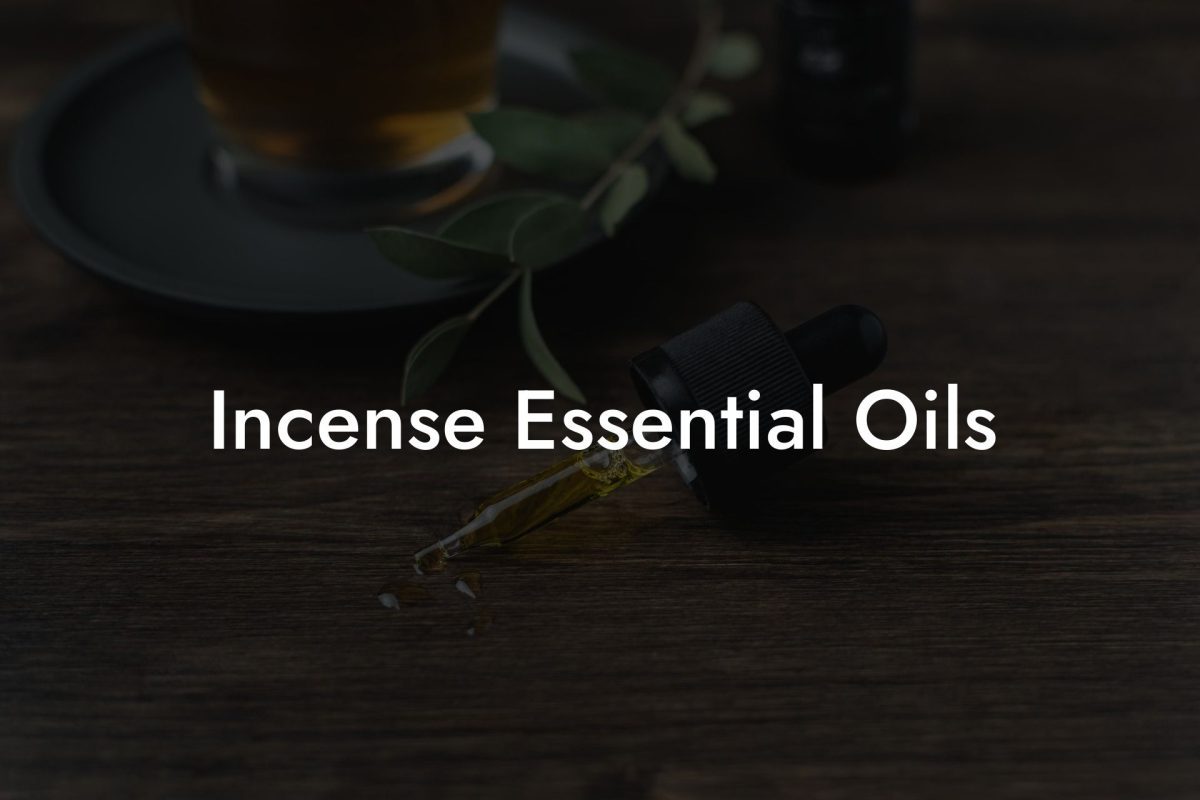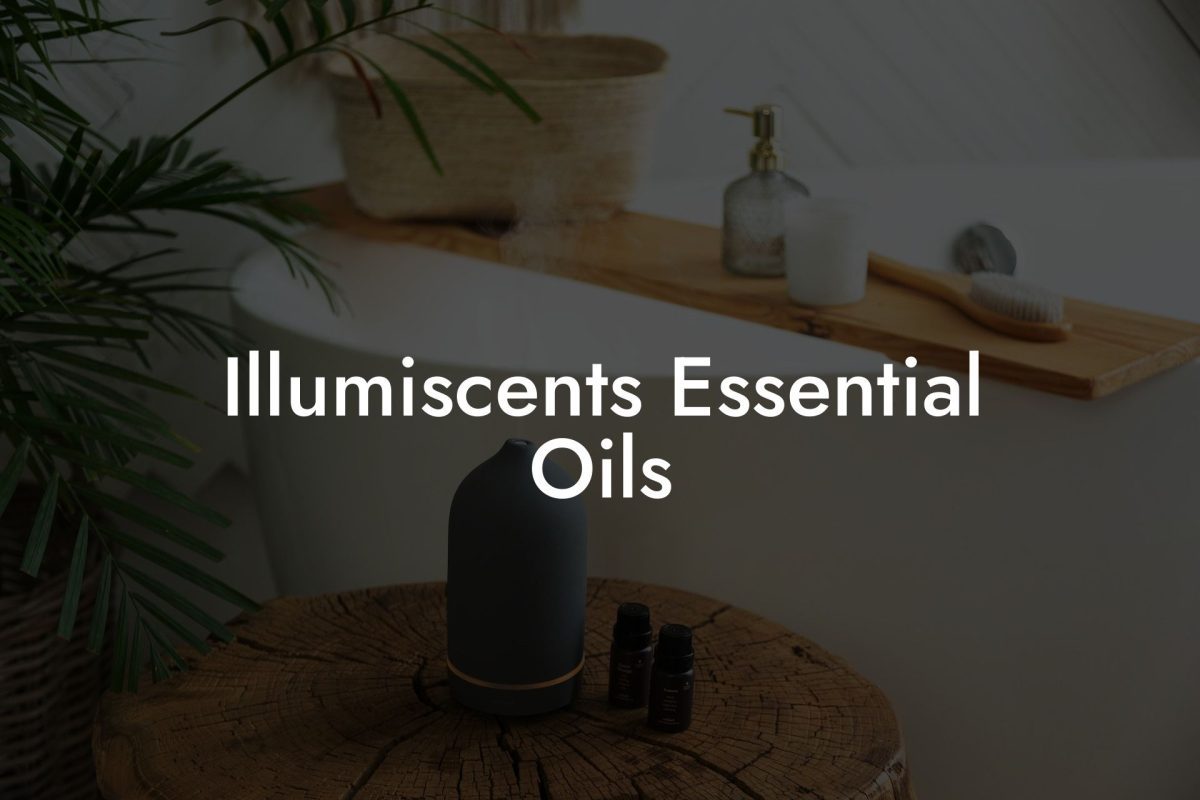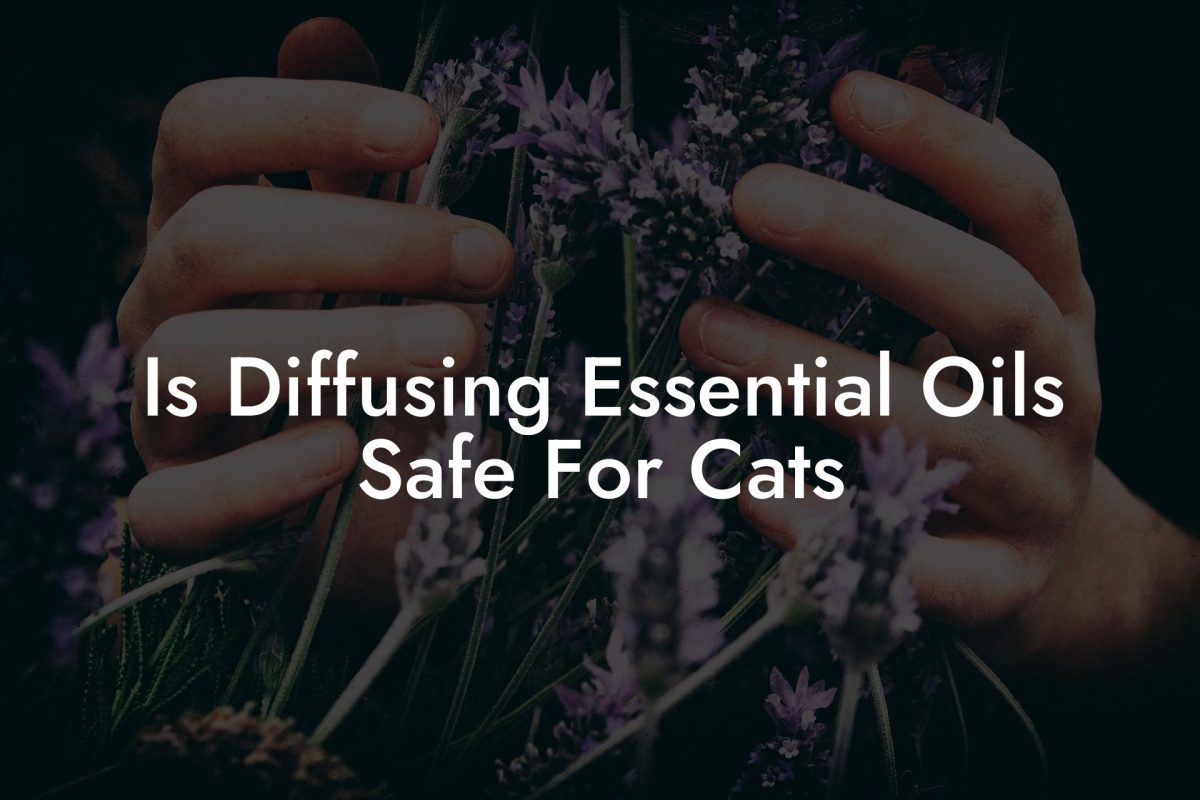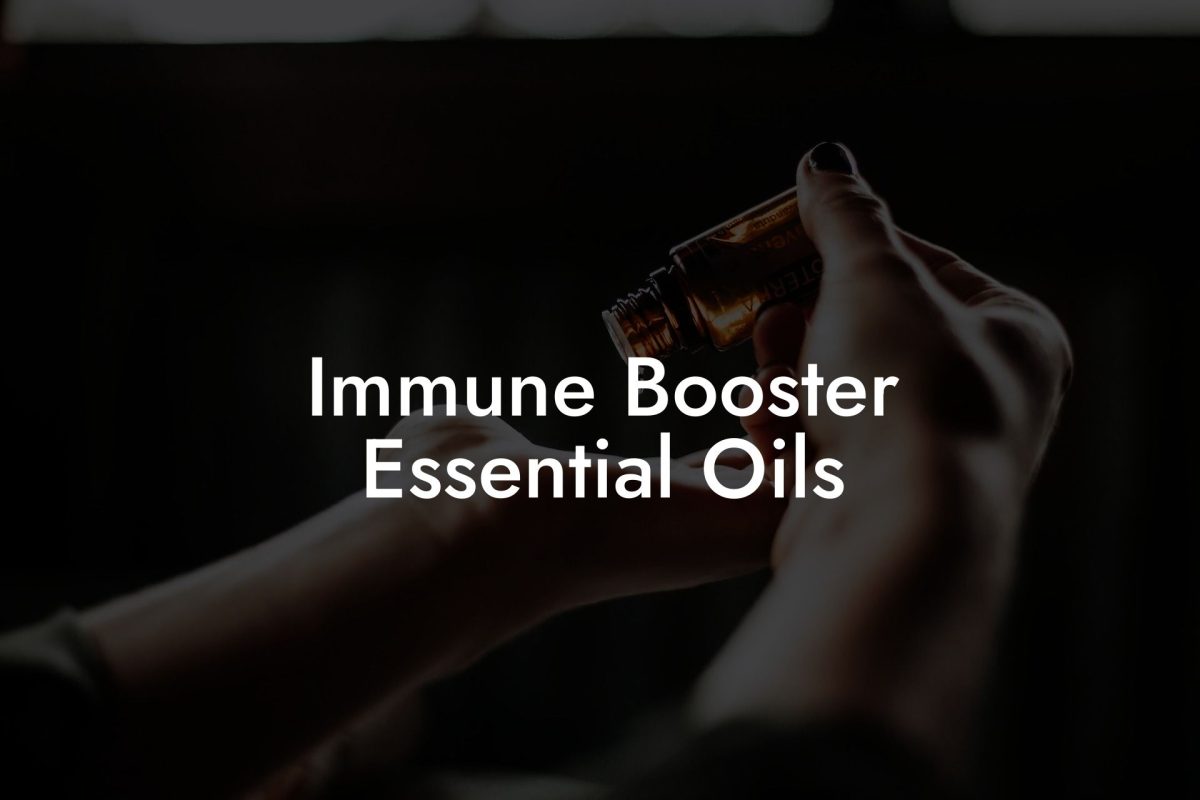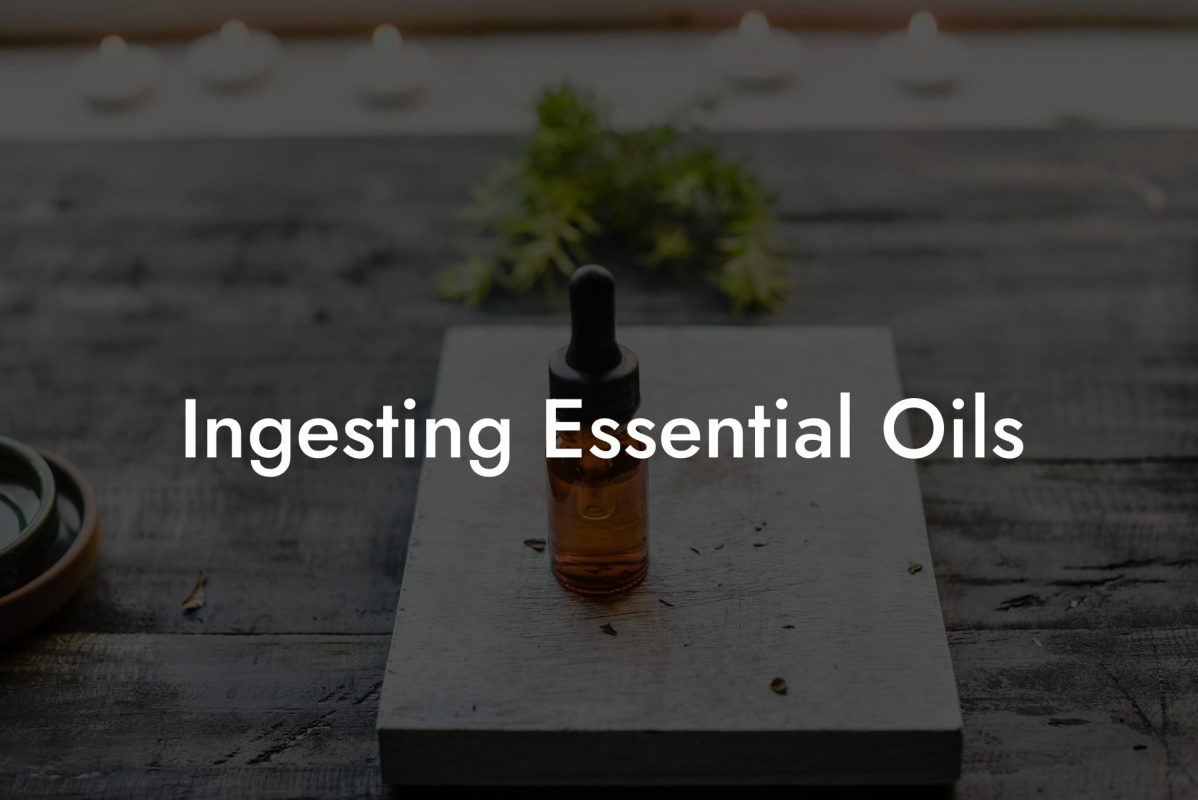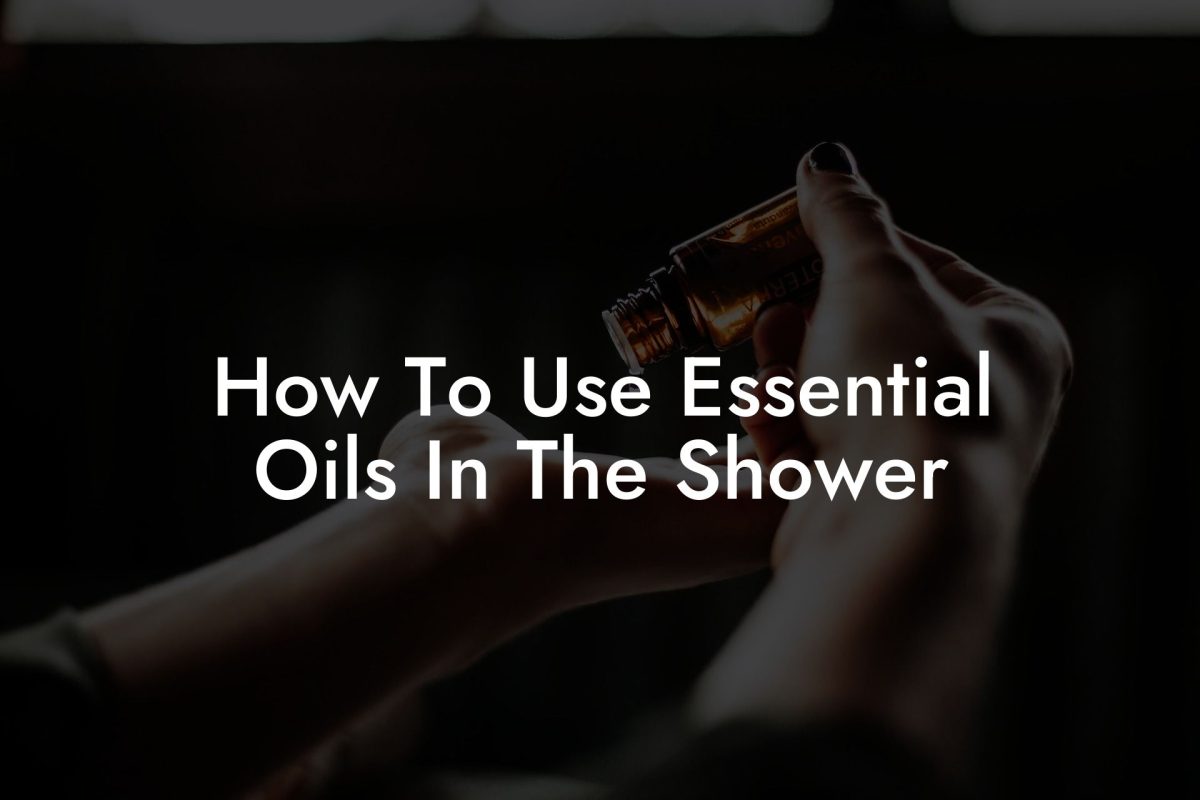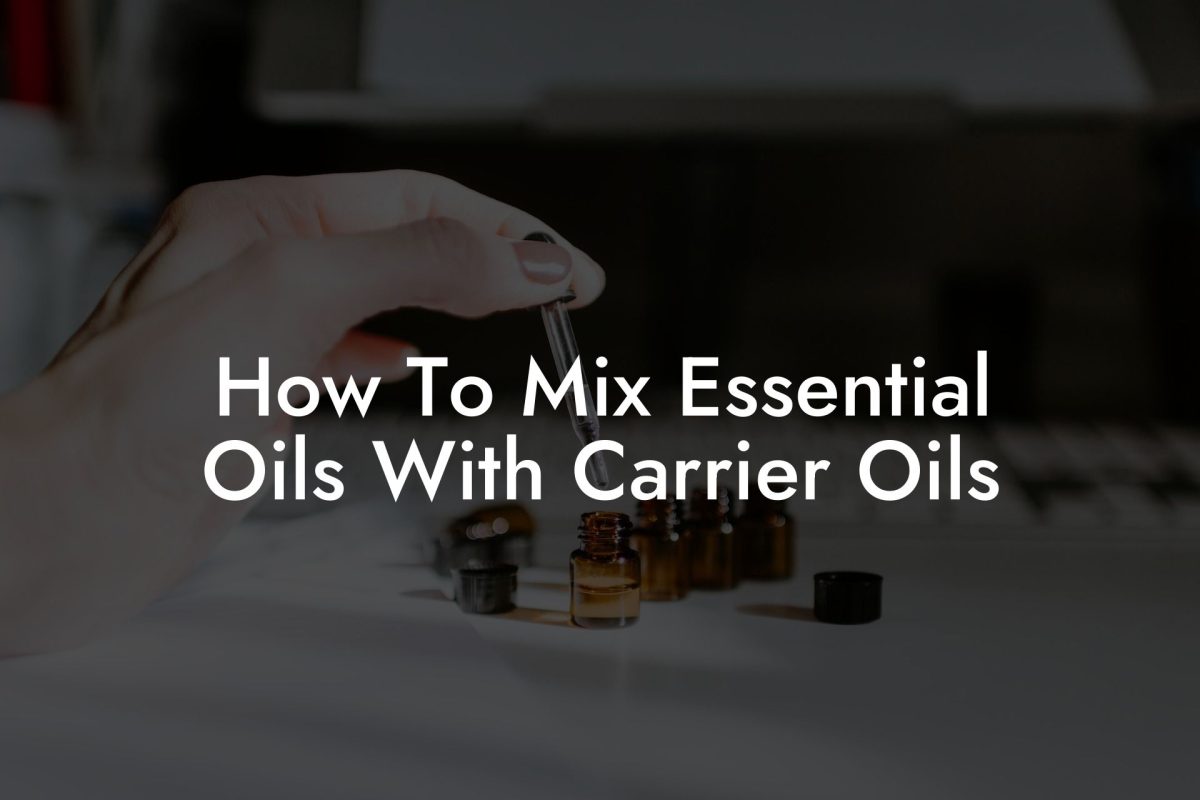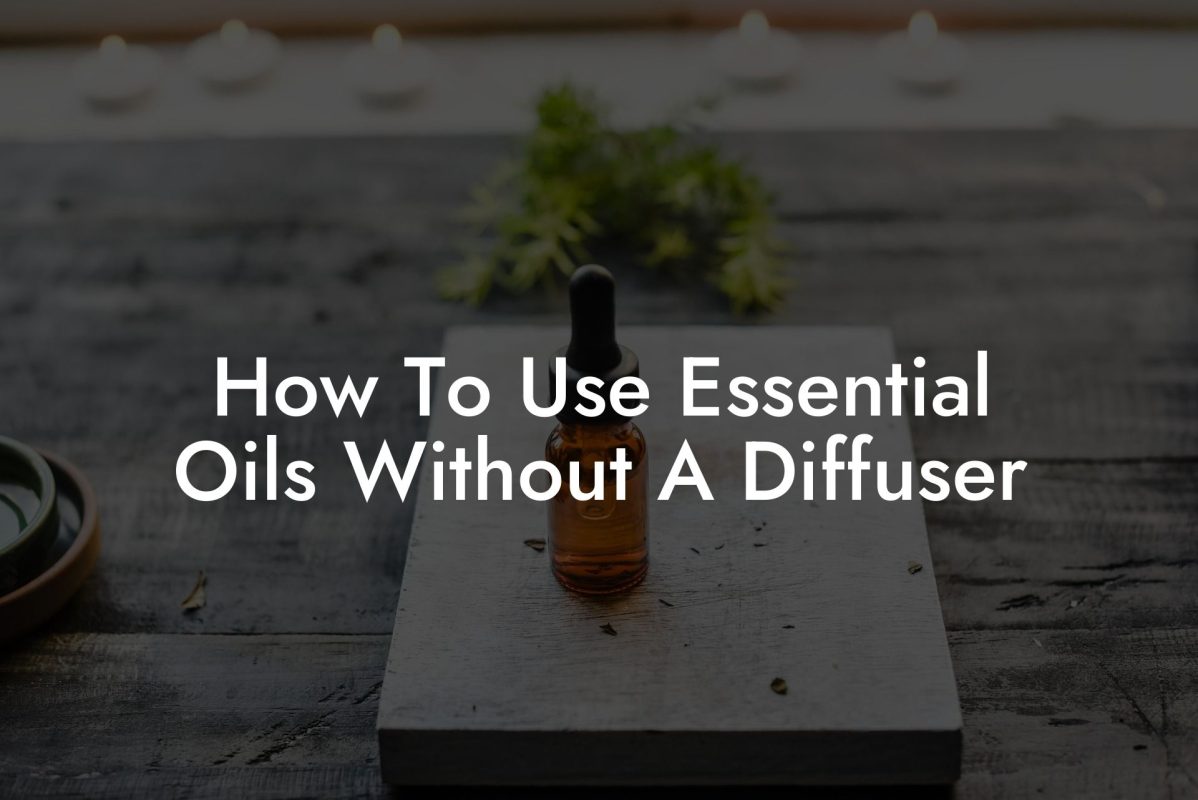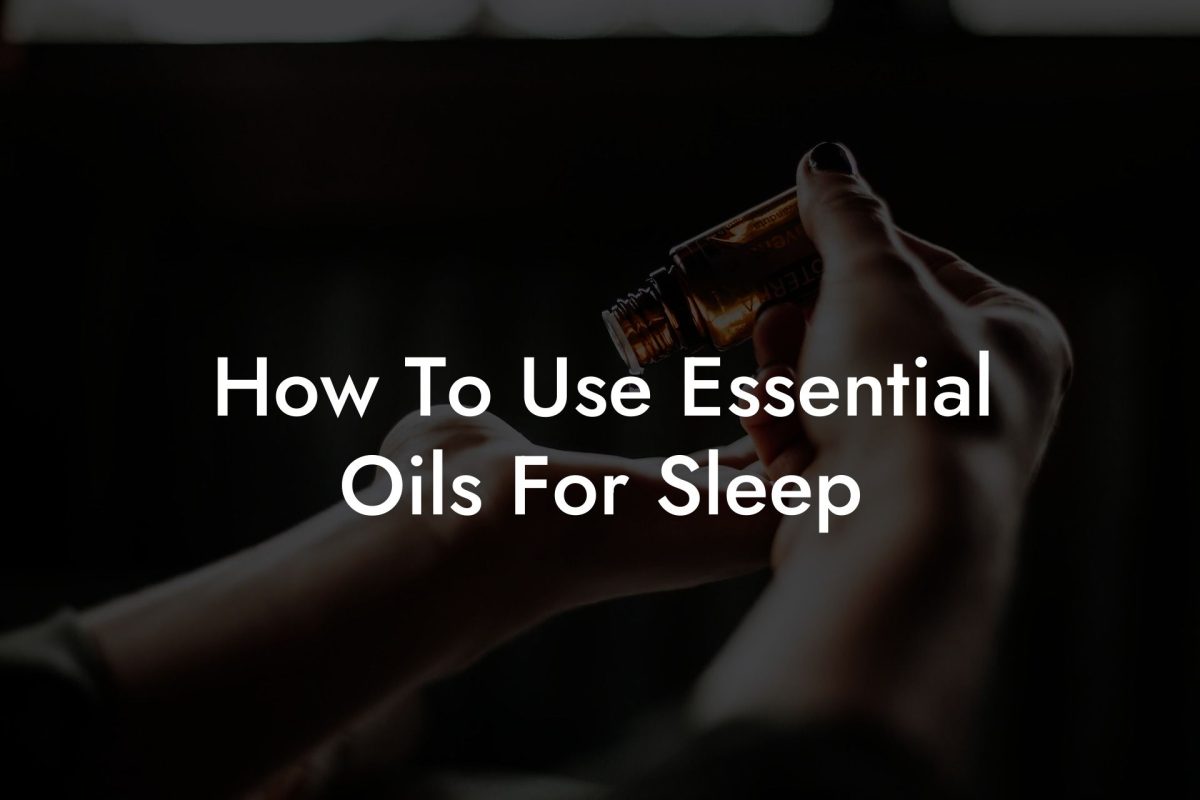Are you curious about the benefits of essential oils but apprehensive about the best way to use them? Applying essential oils to the skin can provide a multitude of benefits, but it’s also important to know the proper methods and precautions. In this guide, we’ll explore the ins and outs of applying essential oils onto your skin for maximum effectiveness and safety.
Table of Contents
Why Apply Essential Oils to the Skin?
Essential oils contain numerous benefits for our overall health and wellbeing. Some of these benefits can be harnessed by applying the oils directly to our skin. Skin application can result in:
- Faster absorption and targeted relief
- Localized effects on muscles and tissues
- Enhanced results when combined with a carrier oil
Importance of Dilution
It is crucial to always dilute essential oils with a carrier oil before applying them to your skin. Dilution ensures that the essential oil is at a safe concentration level while still providing its therapeutic benefits. Using undiluted essential oils on your skin can lead to irritation, sensitization, or even burns.
Carrier oils are typically vegetable-based oils that have a neutral scent and are nourishing to the skin. Examples include:
- Jojoba oil
- Sweet almond oil
- Coconut oil
- Avocado oil
A general rule of thumb for dilution is to use a 2% concentration for adults, which equates to 12 drops of essential oil per one ounce of carrier oil. For children and those with sensitive skin, a 1% concentration is recommended, which is 6 drops per ounce of carrier oil.
Safe Application Methods
Spot Treatment
For targeting specific areas, such as applying lavender to a bug bite or peppermint to soothe a headache, a spot treatment method is recommended. Allow the carrier oil and essential oil mixture to absorb into the skin, and avoid contact with the eyes and mucous membranes.
Massage
For overall relaxation or to address larger areas of discomfort, combining essential oils with a carrier oil for a massage can lead to improved relaxation and relief for sore muscles.
Inhalation
Though not a direct skin application method, inhaling essential oils can influence our emotions, mood, and respiratory system. You can add a few drops of essential oils to a tissue, cotton ball, or an aromatherapy inhaler to keep the scent close to your nose throughout the day.
Essential Oils to Avoid on Skin
Certain essential oils can cause skin sensitization or irritation, particularly when exposed to sunlight or UV light. Some of the oils to avoid applying to the skin include:
- Angelica root
- Bergamot
- Fig leaf absolute
- Lemon
- Lime
Can You Put Essential Oils On Your Skin Example:
Imagine you’ve been experiencing persistent neck and shoulder tension after long days at work. To help alleviate this discomfort, you could create a diluted essential oil blend of:
- 6 drops of lavender oil
- 6 drops of eucalyptus oil
- 1 ounce of jojoba carrier oil
Combine these ingredients in a small glass bottle, and shake well to blend. Apply a small amount of this mixture to your neck and shoulders, gently massaging it into your skin to experience targeted relief and relaxation.
Ultimately, applying essential oils to the skin can be a highly effective method to absorb their numerous benefits. By following proper dilution guidelines and taking safety precautions, you can ensure a positive experience for your skin and overall well-being. Share this guide with others to spread the knowledge, and don’t forget to explore other informative articles on Oshu Oils’ blog. Elevate your aromatherapy journey by browsing the range of high-quality essential oils offered by Oshu Oils.

